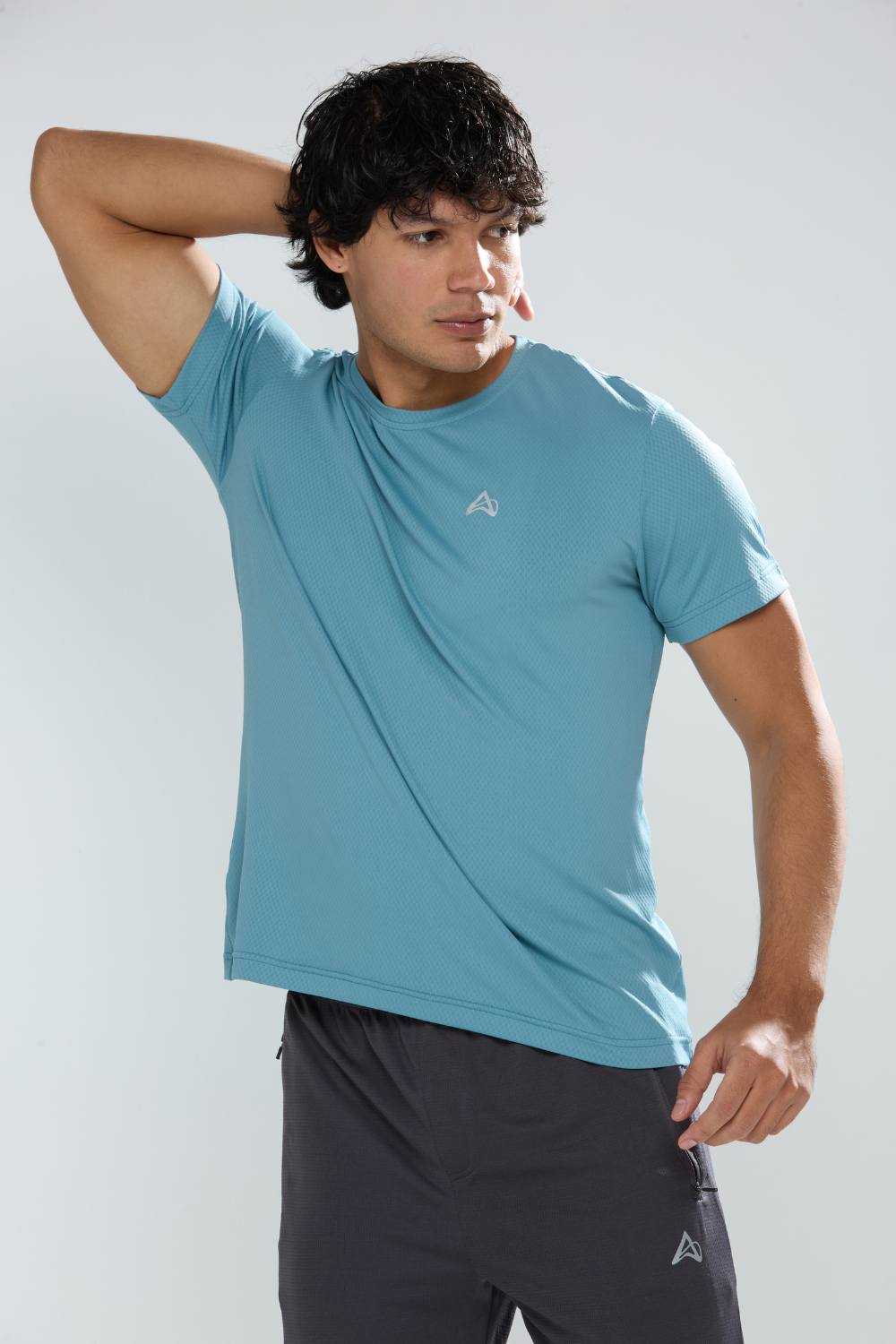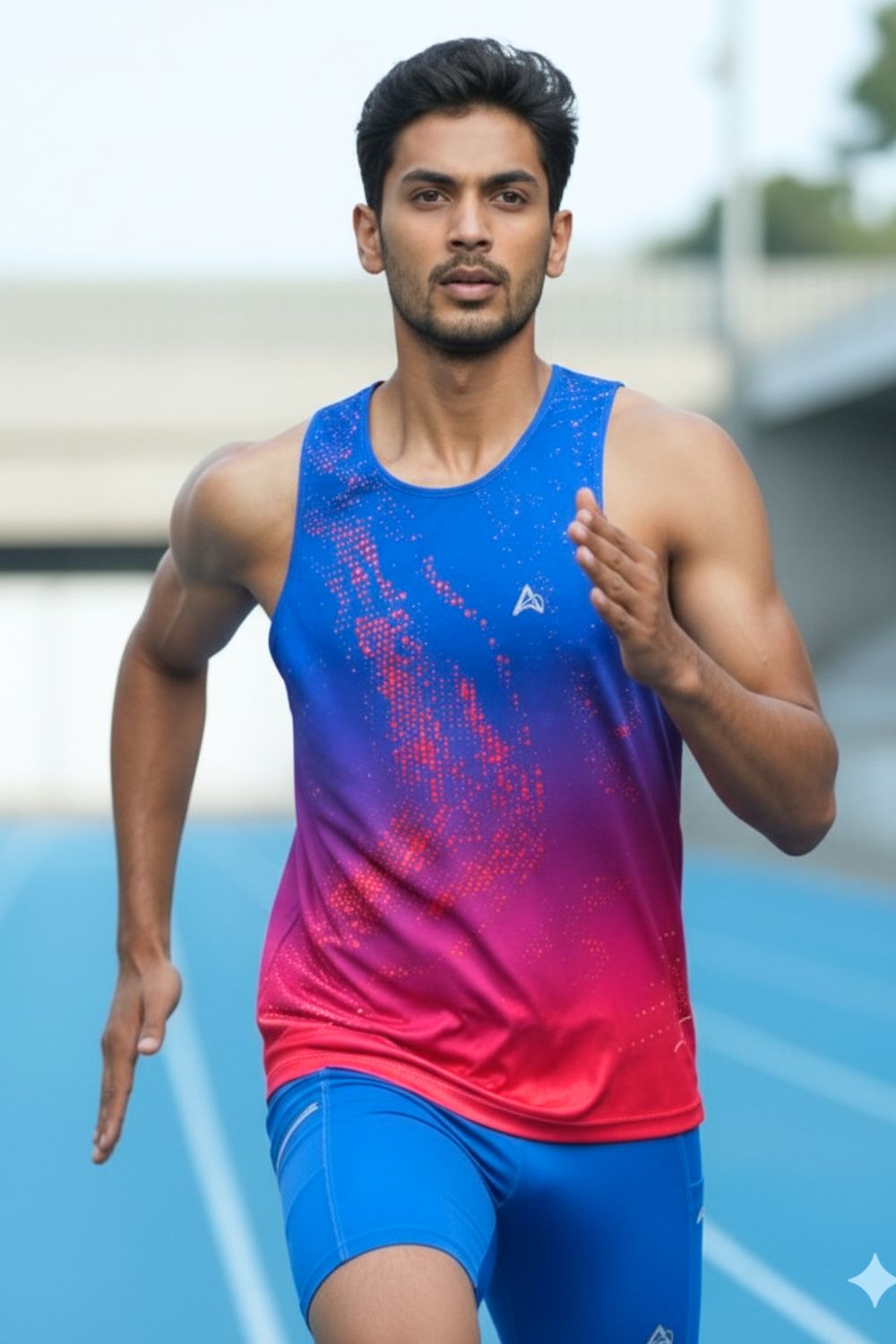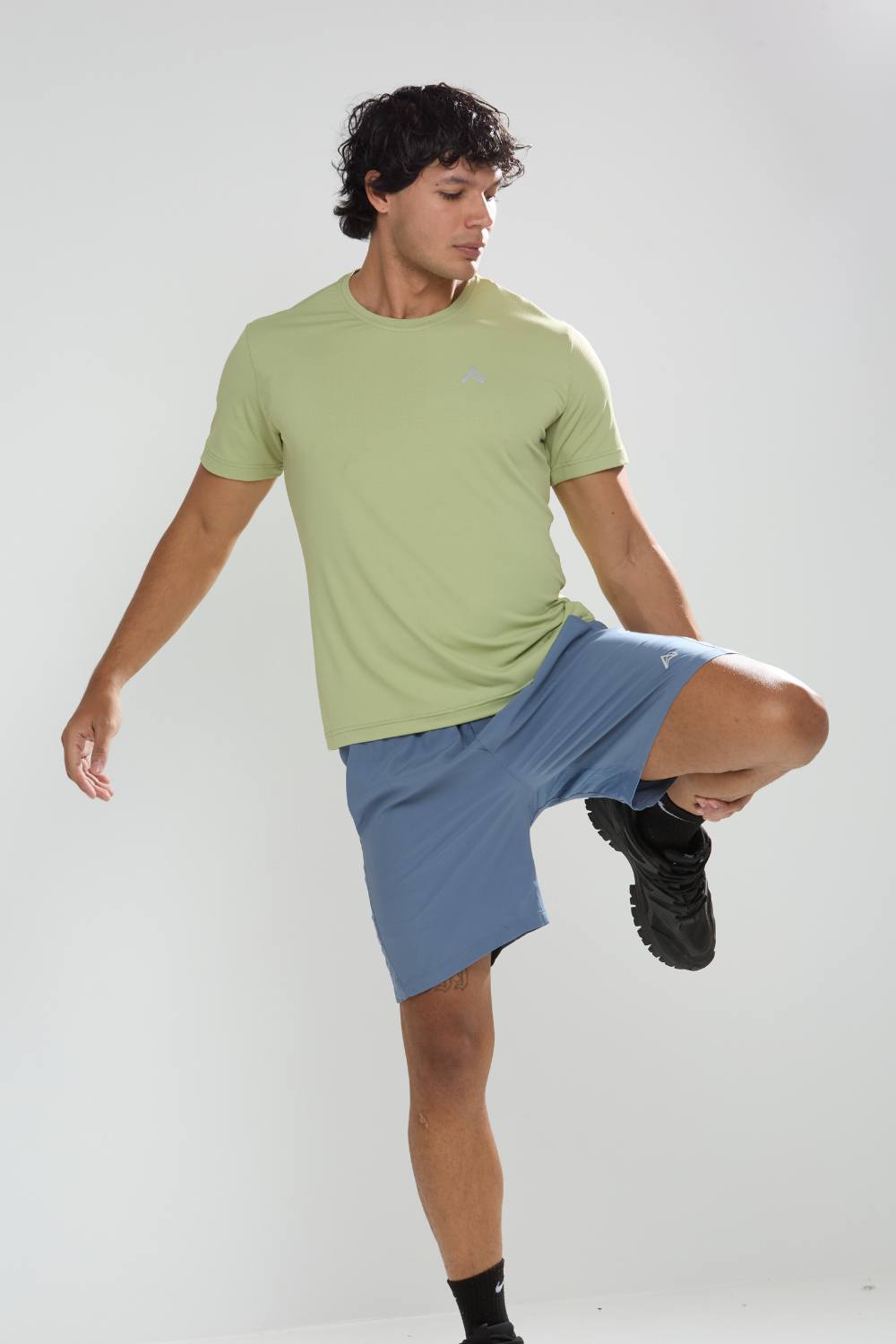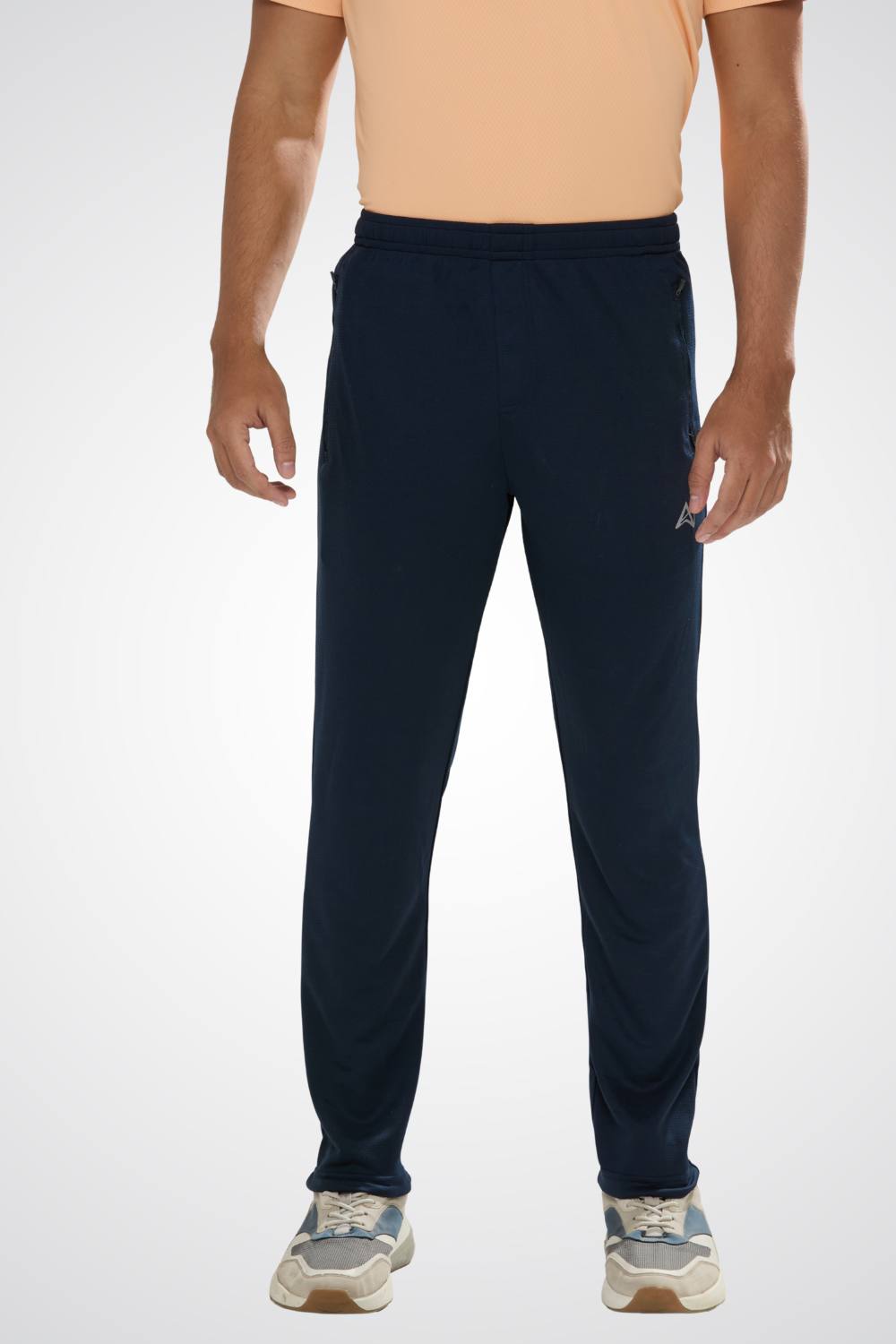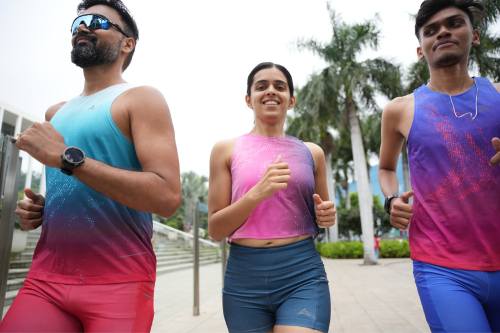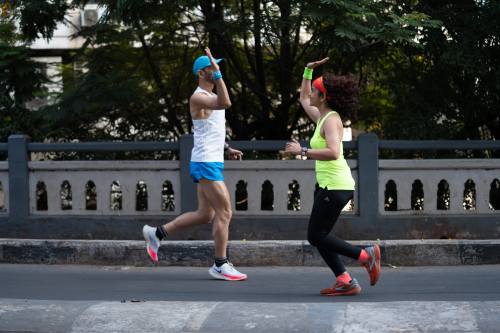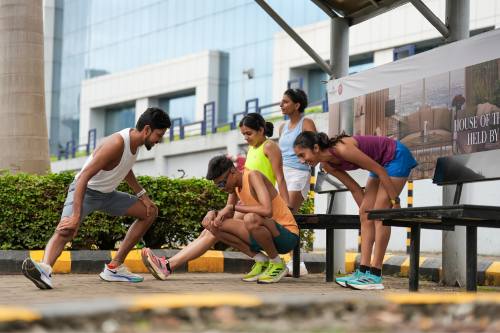Quick Listen:
Runners pound the pavement at first light, their breaths syncing with the rhythm of footsteps on dew-kissed trails. These endurance enthusiasts aren't merely logging miles; they're building fortitude against the relentless demands of ultra-marathons and high-volume training schedules. In this era of pushing physical boundaries, nutrition emerges not as a sideline player but as the vital force propelling every stride. With marathons and ultra-events gaining traction worldwide, a transformative shift is underway in athlete fueling practices. Gone are the days when success hinged solely on superior footwear or breathable fabrics. Today, evidence-based nutrition strategies, intertwined with advancements in performance apparel, stand at the forefront of achieving peak athletic outcomes.
Tired of gear that slows you down? Chafing, soggy fabrics, and missing pockets kill your run's momentum. At Aguante, we're runners who get it. Our high-performance activewear features moisture-wicking fabrics, ergonomic designs, and smart storage to keep you focused. Shop Now!
The New Frontier of Endurance Nutrition
Endurance pursuits like consistent 20-mile daily runs or grueling 50-mile ultras require more than sheer determination. Human energy reserves have limits, and research underscores that optimal fueling can determine victory or defeat. The International Society of Sports Nutrition outlines essential guidelines: ultra-marathon participants must adopt personalized, phased nutrition regimens to fulfill energy needs, emphasizing a diverse array of whole foods. Athletes are encouraged to introduce their fueling tactics well in advance, allowing the body to adapt and improve its ability to utilize fat as fuel.
The data strongly endorses a diet rich in carbohydrates, comprising about 60% of total calories or 5 to 8 grams per kilogram of body weight each day, to counteract the draining effects of ongoing glycogen loss from training. However, it's not solely focused on carbs. Intakes of protein at approximately 1.6 grams per kilogram daily, escalating to 2.5 grams amid rigorous phases with elevated calorie demands, prove essential for retaining muscle mass and facilitating post-workout repair. Strategically reducing carbs prior to certain easy sessions or adjusting overall daily intake can boost mitochondrial efficiency and fat-burning prowess, though this might hinder output in vigorous activities.
Beyond raw figures, runners are delving into customized methods, such as vegan fueling options, foods with gradual energy release, and deliberate carb moderation to amplify metabolic flexibility. The downside remains: such low-carb tactics could diminish capabilities during sprints or hills, necessitating meticulous orchestration. Concurrently, integrated technology is revolutionizing nutrition oversight for runners. Gadgets linked to mobile applications track fluid levels and energy expenditure in real time, delivering insights straight to users. Apparel firms in the performance sector are actively collaborating with nutrition entities to introduce joint offerings, including gels loaded with electrolytes or bars fortified with proteins, effectively merging sustenance with equipment.
This surge aligns with broader market dynamics. The worldwide sports nutrition sector, valued at USD 45.24 billion in 2023, is anticipated to expand at a compound annual growth rate of 7.5% from 2024 to 2030, reaching USD 75.00 billion. This expansion is propelled by heightened consciousness of wellness and the escalating incidence of lifestyle-related ailments. Segments like supplements dominate, holding 39.4% of revenue in 2023, with protein variants leading due to their accessibility and health benefits. Trends point toward plant-derived and immunity-enhancing items, resonating with endurance athletes seeking sustainable energy sources.
From Trails to Retail: Nutrition in Action
Top-tier runners exemplify how precise nutrition drives remarkable achievements. In ultra-marathons, competitors craft their in-race consumption with care, weighing taste appeal against usability. As races extend, preferences shift toward salty options over sugary ones, given the fatigue of sweetness in multi-hour efforts. Hydration demands exactitude: 450 to 750 milliliters hourly, taken in 150 to 250 milliliter increments every 20 minutes, safeguards against fluid loss, particularly under heat or moisture. Electrolyte needs intensify in such environments. To combat stomach woes, evidence backs gradual digestive adaptation and diets low in fermentable oligosaccharides, disaccharides, monosaccharides, and polyols known as low-FODMAP to ease discomfort during events.
Off the paths, performance clothing companies are embedding nutrition into their portfolios. Many now back programs where athletes explore combining gear optimized for hydration, such as specialized belts for carrying drinks, with proven refueling methods. Retail channels are adapting, offering packaged sets of clothing and nutrition essentials. Vests equipped for holding gels and kits blending recovery garments with protein aids illustrate this trend. These integrations extend beyond promotion; they address the call for comprehensive support in athletic endeavors.
In the marketplace, sports foods like energy bars and gels are gaining momentum, projected to experience rapid growth due to their convenience for on-the-go consumption. Energy gels, in particular, are favored by endurance participants for swift energy provision during demanding pursuits. Innovations, such as microbiome enhancers and collagen-infused products, cater to recovery needs post long runs.
The Pitfalls of Fueling the Long Run
Despite its advantages, mastering nutrition for extensive running poses challenges. Energy requirements spike in heavy training, and errors in estimation can trigger exhaustion, injuries, or complete withdrawal. Online platforms exacerbate issues, promoting trendy regimens that clash with substantiated guidance. The society cautions against unsubstantiated approaches, including very low-carb diets or exogenous ketones, which show insufficient proof for elevating ultra performance and require more investigation. Pursuing fleeting solutions can disrupt preparation cycles.
Clothing brands encounter hurdles too. While incorporating nutrition enhances appeal, overextension might erode their primary expertise. Ventures into dietary planning by shoe specialists could undermine trust if perceived as superficial. Cost factors loom large as well. High-quality nutrition items, from natural bars to salt replacements, carry premiums, mirroring expensive athletic wear. For numerous participants, particularly novices, affording top-tier optimizations remains elusive.
Market drivers highlight rising obesity affecting 39% of adults globally, nearly tripling since 1975 and chronic conditions like diabetes, impacting millions, fueling demand yet underscoring the need for accessible, evidence-driven options. Caution is warranted against misinformation, ensuring strategies align with individual health profiles.
Opportunities in a Crowded Market
Nevertheless, the fusion of nutrition and attire presents lucrative prospects for innovative entities. Amid fierce competition, nutrition serves as a unique selling point. Envision outerwear with embedded perspiration analyzers linking to software for hydration advice, or ongoing deliveries matching footwear with restorative beverages. Outlets are testing these, with athletic wear shops promoting nutritional aids beside running equipment. Initiatives bundling absorbent tops with salt pills and protein snacks exemplify this cross-pollination.
Building communities offers further potential. Companies organize sessions where experts demystify fueling, covering caffeine's role in maintaining late-event vigor especially countering drowsiness risks and methods for intestinal preparation to ensure event-day ease. Online materials, including expert-led discussions on dietary blueprints, effectively captivate audiences. Establishing as reliable authorities in nutrition cultivates enduring allegiance beyond transactions.
Regionally, Asia Pacific leads with 39.51% market share in 2023, driven by wellness surges in nations like India and China. E-commerce surges as the quickest-expanding channel, leveraging promotions and digital tactics. Adult consumers dominate, seeking vegan and convenient formats, aligning with endurance demands.
The Future of Fuel and Fabric
Coaches in endurance circles dub nutrition the essential "fourth pillar" beside practice, equipment, and recuperation. This perspective holds merit. As research progresses, distinctions between attire and intake fade. Forecasts suggest that in ten years, artificial intelligence tools will craft bespoke nutrition schemes, processing wearable metrics for instant tweaks. Visualize a device alerting during competition to replenish salts based on perspiration analysis.
For clothing enterprises, advancement lies in alliances. Teaming with diet specialists or tech firms can spawn breakthroughs like sensor-integrated fabrics or shared supplements. Yet, emphasis extends to learning: entities funding audio series, training sessions, or advocate initiatives will attract informed athletes valuing expertise alongside results. Research affirms: targeted nutrition, such as timed caffeine, bolsters endurance in ultra finales, mitigating fatigue from lack of rest.
As twilight envelops another arduous path, runners grasp a core reality: advanced equipment pales without the vitality surging within. Nutrition acts as the unseen catalyst sustaining motion across endless distances. For performance attire brands, the horizon stretches boundlessly fuse fueling science with running's essence, and you'll equip athletes not just for the path but empower their triumph at its end.
Frequently Asked Questions
What percentage of calories should come from carbohydrates for high-mileage runners?
High-mileage runners should aim for carbohydrates to comprise about 60% of their total daily calories, which translates to 5-8 grams per kilogram of body weight each day. This carbohydrate intake is essential to counteract the ongoing glycogen depletion that occurs during intensive training and ultra-marathon preparation. However, strategic carbohydrate reduction during easy sessions can help improve metabolic flexibility and fat-burning capacity.
How much should ultra-marathon runners drink during races to avoid dehydration?
Ultra-marathon runners should consume 450-750 milliliters of fluid per hour, taken in smaller increments of 150-250 milliliters every 20 minutes throughout the race. This precise hydration strategy helps prevent dangerous fluid loss, especially in hot or humid conditions where electrolyte needs also intensify. Proper hydration timing is crucial for maintaining performance during multi-hour endurance events.
Why are sports nutrition companies partnering with athletic apparel brands?
The global sports nutrition market, valued at $45.24 billion in 2023 and growing at 7.5% annually, is driving collaborations between nutrition and apparel companies to create comprehensive athlete support systems. These partnerships result in integrated products like hydration belts with specialized gels, recovery garments paired with protein supplements, and even sensor-equipped clothing that provides real-time hydration advice. This fusion addresses athlete's demand for complete performance solutions rather than separate gear and nutrition purchases.
Disclaimer: The above helpful resources content contains personal opinions and experiences. The information provided is for general knowledge and does not constitute professional advice.
You may also be interested in: Aguante - Activewear Clothing
Tired of gear that slows you down? Chafing, soggy fabrics, and missing pockets kill your run's momentum. At Aguante, we're runners who get it. Our high-performance activewear features moisture-wicking fabrics, ergonomic designs, and smart storage to keep you focused. Shop Now!
Powered by flareAI.co





